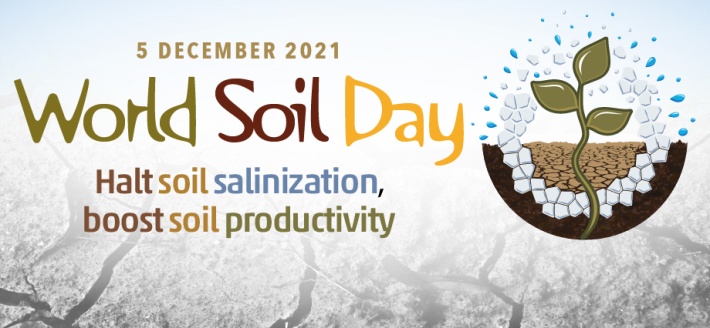Free Courses Sale ends Soon, Get It Now


Free Courses Sale ends Soon, Get It Now



Disclaimer: Copyright infringement not intended
Context
About
FAO gives two awards in line with this day:
This year’s theme
Soil Health in India
Initiatives to Improve Soil Health in India:
Final Thoughts
Read: https://www.iasgyan.in/blogs/properties-of-soils-in-india
© 2024 iasgyan. All right reserved